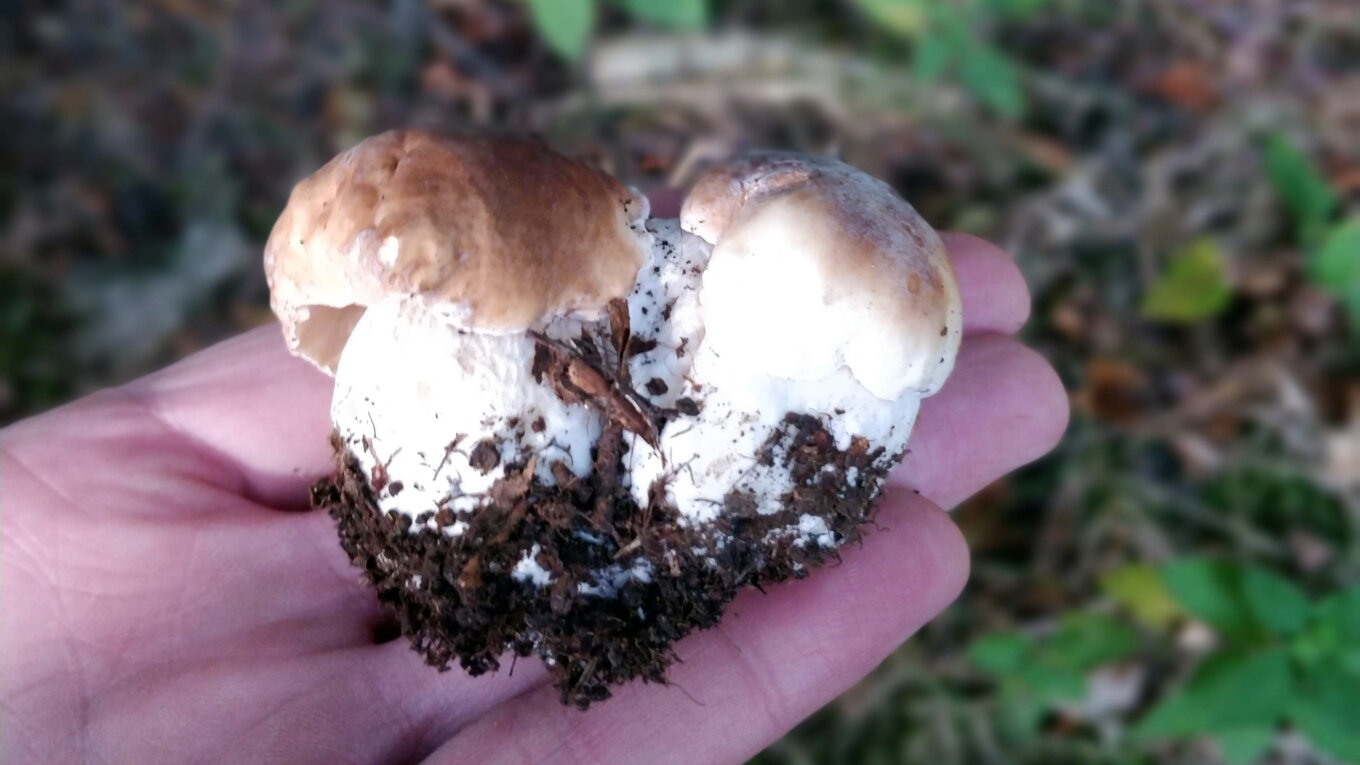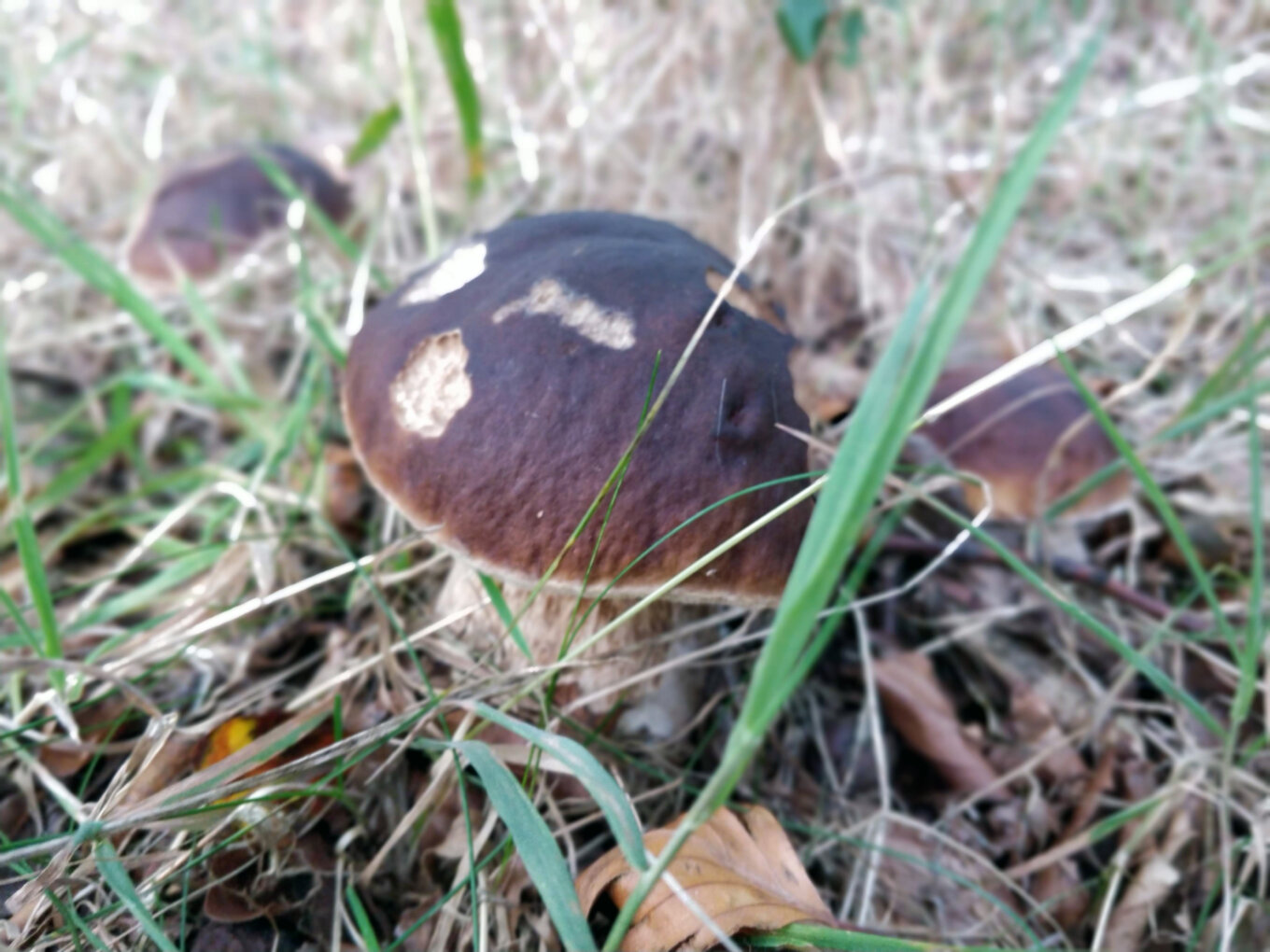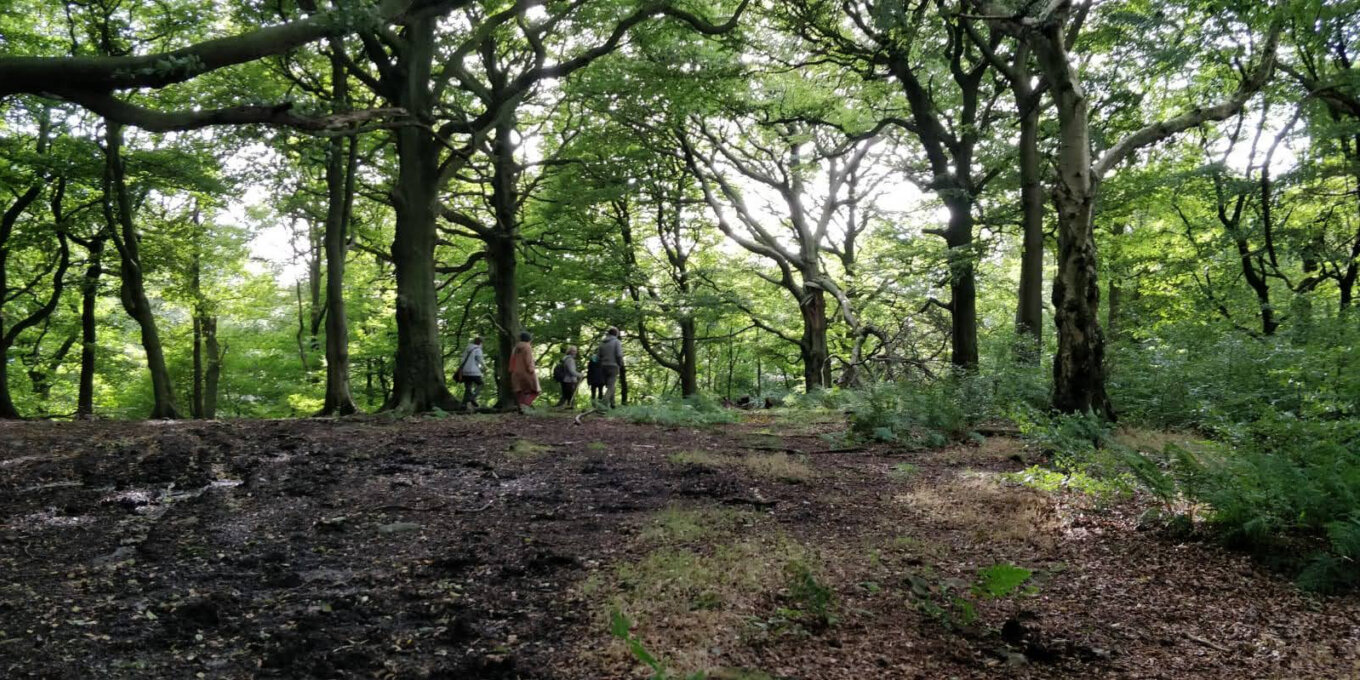
I’ve been dreading writing this: the story of the king mushroom.
The problem with ceps is that they decay very quickly. When small they retain their form longer, but the larger specimens, when the spongy under-flesh has already matured to yellow or green, will putrefy if left too long. You can keep them in the fridge for a few days, where they may exude small white maggots overnight.
Keep them in the fridge with the caps uppermost on a plate. That way you can remove the maggots.
The old meaning of the word ‘maggot’ comes from the notion of a maggot in the brain, hence ‘maggotry’ as folly or absurdity; the maggot itself is a whim, a fancy, a crotchet. And that’s exactly what the cep does—it worms its way into your thinking.
Ceps are wild until you get to know them, then they become familiar. The sheen of skin on their caps is tanned like a beechwood cutting board. They are highly seasonal but somewhat irregular in their appearance. When a wood blooms with ceps there is nothing quite like it.
No doubt one among many, I have fallen to my knees with more than just the careful action of a paring knife on my mind. In and around Sheffield, the late summer and early autumn provide the better opportunities for finding ceps, although this year there was a good mid-summer harvest. They are stately, statuesque fungi with no gills but innumerable tiny tubes, vertically clustered under the upper flesh of a cap that glistens after rain.
They come eight days after the rain…
Unless you have a penchant for formal mycology, by far the best way to learn about this mushroom and consume it safely is to forage in the company of an experienced collector.
The collectors vary. The most annoying is ‘someone’. Particularly someone who has gotten to the ceps before you. Someone is most frustrating, particularly when you know them…
Those of us who love carefully slithering the earth from the foot of the cep hate the clean, horizontally-sliced stems of the professional collector. We are jealous of their 10 or 15 or 20 sites, gathered over time, each one in season, neatly successive.
Always pick a cep when you find one. They never grow again.

There’s money in them there hills. Selling ceps can be a profitable business if—and it’s a big ‘if’—you have a market. Where I learned to collect, in the Dordogne, France there was a wholesaler on the western edge of Les Eyzies who bought ceps by the kilo and transformed them into conserves.
It was near there that I first leapt from a car and gathered some indistinct boletus, hoping to have my first haul. These turned out to be the magical—in the Tommy Cooper sense of the word—Rubroboletus satanas. Their lurid red and promisingly putrescent flesh should have warned me. It took a visit to the chemist in my village, where they pronounced, with appropriate seriousness and through (I now realise) suppressed laughter, the mushroom’s name: le bolet de satan.
You know they are up when you see the cars parked everywhere.
It was with unrivalled joy that I first found ceps around Sheffield. I’d lived here for about four years and was walking in woodland looking at tree carvings. There were many soldiers’ initials carved nearby along a row of beech trees, past which WWI recruits or conscripts must have walked.
The footpaths are good. You get that little bit more light.

An older man in his late 60s was walking slowly under the trees, prodding the turf with a stick. What was he looking for? “Mushrooms.”
I watched the tip of his stick in the grass. As he pushed aside a tuft, there appeared a tiny button cep. He bent down to pick it up and put it in his bag with many others. I followed him for some time.
“I’m not English. I’ve been here a long time and I love coming to collect these mushrooms. I’ve got more time now. I only pick them when they are really small like this. That’s when they’re best.”
Wild as they can only be, and with no practical means of commercial production, it’s their value that domesticates them—and, of course, their consumption. Extraordinarily anthropomorphising in their effect, they reverse our journey to the soil, yet so soon they return.
When you get a snowy winter…
For those of you who know this already, a cep wood is some sight. When silent, it glitters with ‘next time’.
I cooked mine with charcoal burners and scotch bonnets.
